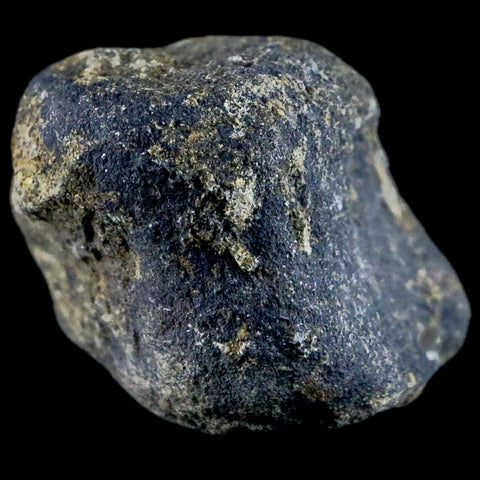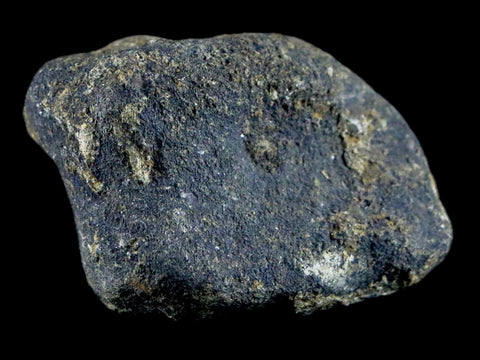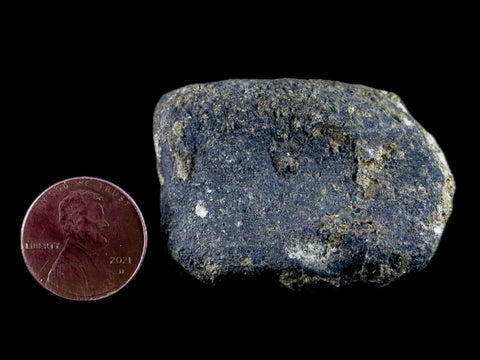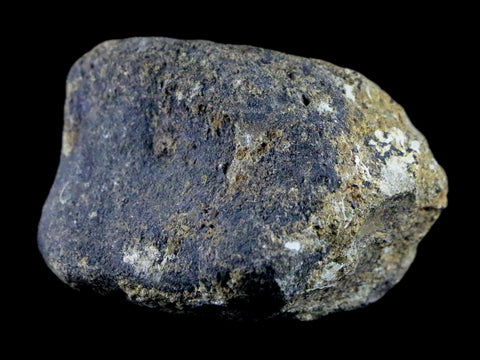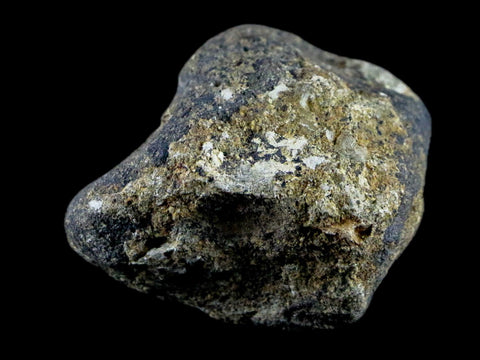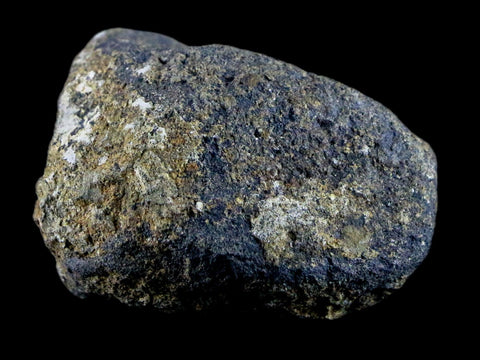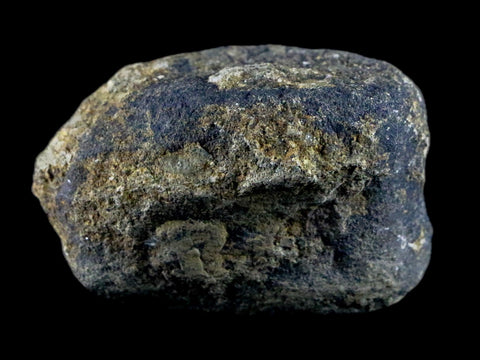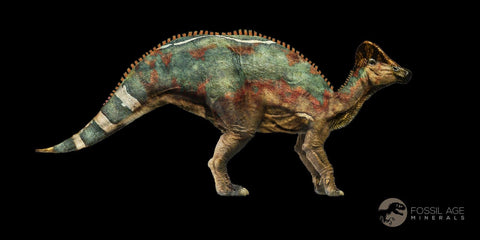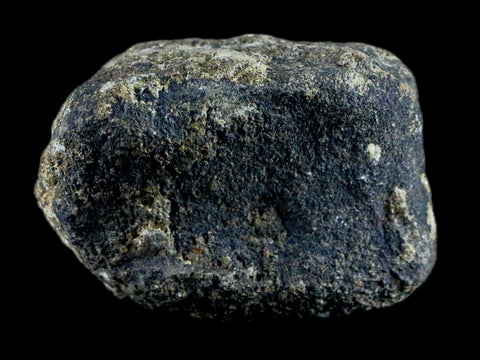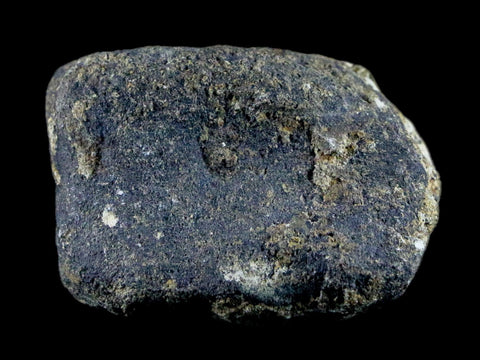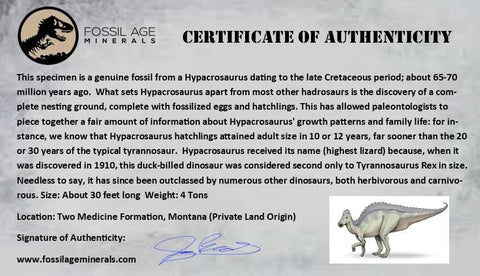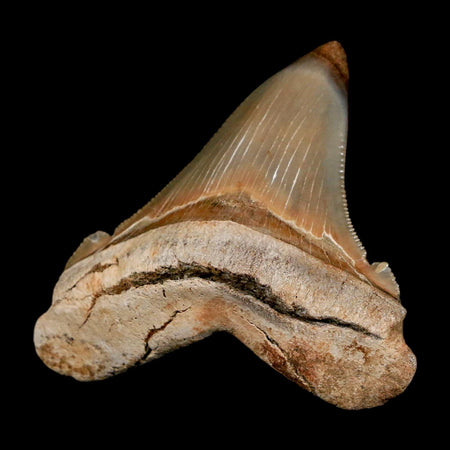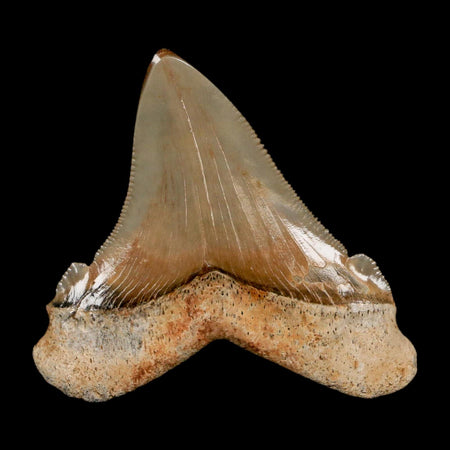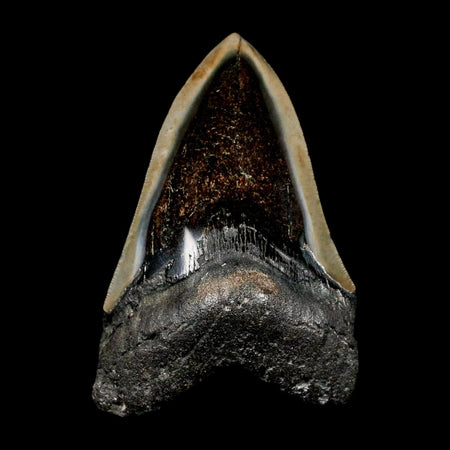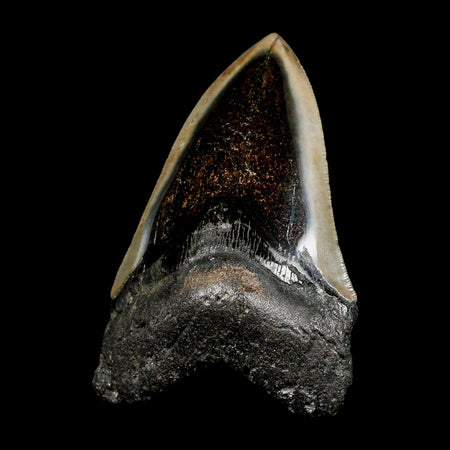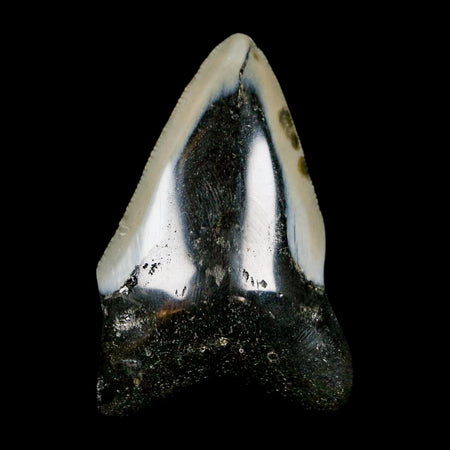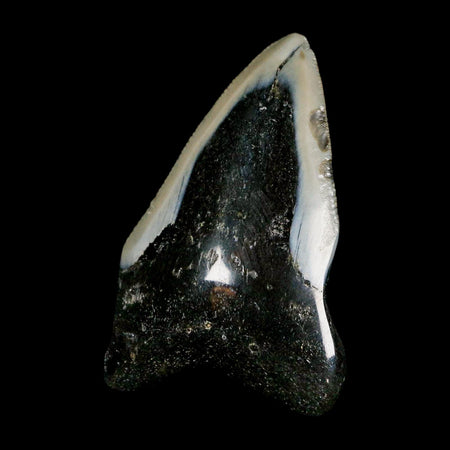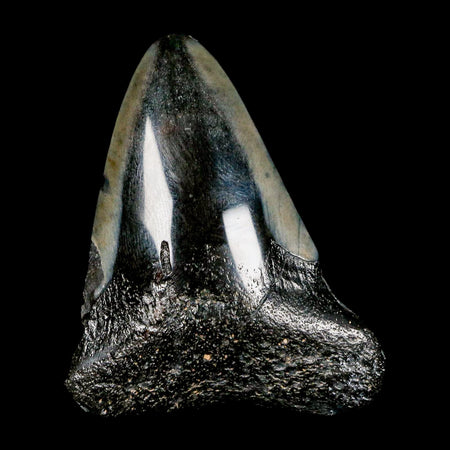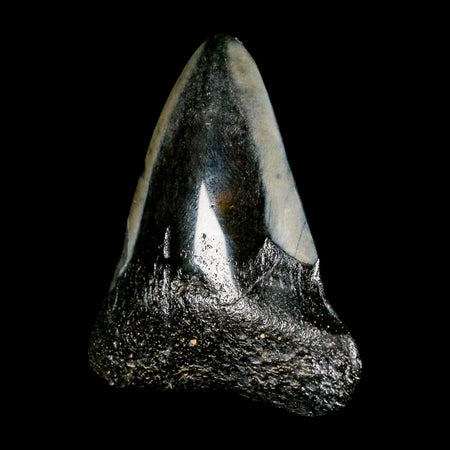1.8" Hypacrosaurus Dinosaur Fossil Vertebrae Bone Two Medicine FM Montana COA
Location: Two Medicine Formation, Montana (Private Land Origin)
Weight: 2.7 Ounces
Dimensions: 1.8 Inches Long, 1.3 Inches Wide, 1.3 Inches Thick
Comes with a Certificate of Authenticity.
The item pictured is the one you will receive.
This is a real fossil.
Hypacrosaurus Dinosaur
The name Hypacrosaurus means ‘near the highest lizard,’ referring to its relative size compared to the dinosaur Tyrannosaurus, one of the largest predators of late Cretaceous North America. While Tyrannosaurus could reach lengths of about twelve meters, the largest Hypacrosaurus measured around nine meters. Interestingly, Hypacrosaurus and similar dinosaurs may have been prey for Tyrannosaurus and related species like Albertosaurus. This is supported by evidence such as a large bite wound on an Edmontosaurus, shaped like a Tyrannosaurus jaw, which healed over time—showing the animal survived the attack, rather than being scavenged after death.
When you compare this to the twenty or so eggs in each Hypacrosaurus nest, you get the conclusion that Hypacrosaurus were breeding at a rate to compensate for high mortality levels. Assuming that environmental conditions were not so much of a factor, this could be because Hypacrosaurus was a viable and common prey species of the time, and, tyrannosaurs withstanding, other predators of Hypacrosaurus may have included troodontids like Troodon. These small predators would have been a particular threat to the smaller individuals of Hypacrosaurus, reducing the numbers growing to adulthood.
The Hypacrosaurus crest shares similarities with that of its close relative, Corythosaurus, but is broader and less elevated. This hollow crest confirms its classification within the lambeosaurine hadrosaurids, a group exemplified by Lambeosaurus. Among the various hypotheses regarding the purpose of these crests, the prevailing theory suggests they served as visual signals, enabling distinct hadrosaur species to recognize one another, much like the distinctive horn and frill shapes that differentiate ceratopsian dinosaur genera.



